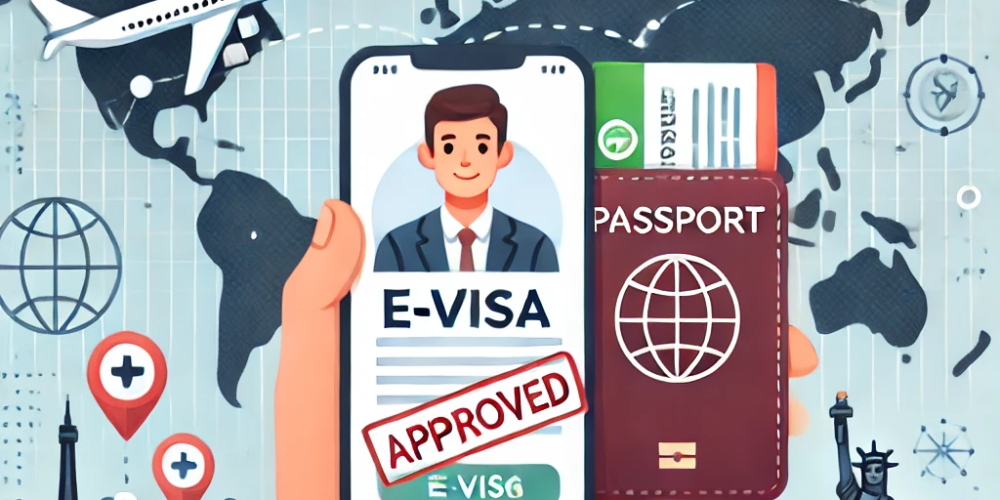Your Comprehensive Guide to E-Visas: Trade and Investment in the U.S.

Your Comprehensive Guide to E-Visas: Trade and Investment in the U.S.
If you’re considering trade or investment opportunities in the United States, understanding the E-Visa options available to you is crucial. The E-Visa category is designed specifically for individuals engaging in substantial trade or investment under treaties of commerce between the U.S. and their home countries. Here’s everything you need to know about E-Visas, their requirements, and the application process.
What is an E-Visa?
An E-Visa is a non-immigrant visa that allows foreign nationals to enter the U.S. for trade (E-1) or investment (E-2) purposes. These visas are designed to strengthen economic relations and facilitate business activities between the United States and treaty countries.
Types of E-Visas
- Treaty Trader (E-1): This visa is for individuals engaged in substantial trade between their home country and the U.S. It allows for the exchange of goods, services, and technology, fostering a robust trade relationship.
- Treaty Investor (E-2): Designed for those who invest a significant amount of capital in a U.S. business, the E-2 visa permits entrepreneurs to live and work in the U.S. while actively managing their investment.
- Australian Specialty Occupation Worker (E-3): Specifically for Australian nationals, this visa enables employment in specialty occupations, helping skilled Australians work in the U.S.
E-Visa Eligibility Requirements
The eligibility criteria for E-Visas can vary based on nationality, so it’s essential to review specific requirements for your country. Here are the general qualifications:
For Treaty Trader (E-1)
- Must be a national of a country with a qualifying treaty with the U.S.
- Must engage in substantial international trade, with over 50% of trade occurring between the U.S. and the treaty country.
For Treaty Investor (E-2)
- Must be a national of a treaty country.
- Must have invested, or be in the process of investing, a substantial amount in a U.S. enterprise.
- Must hold at least 50% ownership or operational control of the enterprise.
Application Process for E-Visas
Applying for an E-Visa requires careful preparation. Here’s a step-by-step guide:
- Complete the DS-160 Form: This online application form is required for both E-1 and E-2 visa applicants.
- Schedule a Visa Interview: Contact the U.S. Embassy or Consulate in your country to set up an appointment. Find your nearest U.S. Embassy or Consulate.
- Pay the Visa Application Fee: Fees vary by country, so check the specific instructions on the U.S. Embassy website.
- Prepare Supporting Documentation:
- For E-1: You’ll need to provide details about your trade activities, including invoices and proof of your company’s financial stability.
- For E-2: Submit proof of your investment, a comprehensive business plan, and financial statements to demonstrate that your business is not marginal.
Duration of Stay and Extensions
E-Visa holders can initially stay in the U.S. for up to two years. Extensions can be requested in increments of up to two years, with no limit on the number of extensions granted, provided that the trade or investment continues to meet immigration requirements.
Conclusion
Navigating the E-Visa process can be complex, but with the right information and preparation, you can successfully position yourself for business opportunities in the United States. If you have questions or need assistance with your E-Visa application, consider consulting an immigration attorney.
For expert guidance, visit us at prizant-law.com to learn more about how we can assist you with your immigration needs.
For more insights on U.S. immigration law and updates on visa options, subscribe to our blog!
